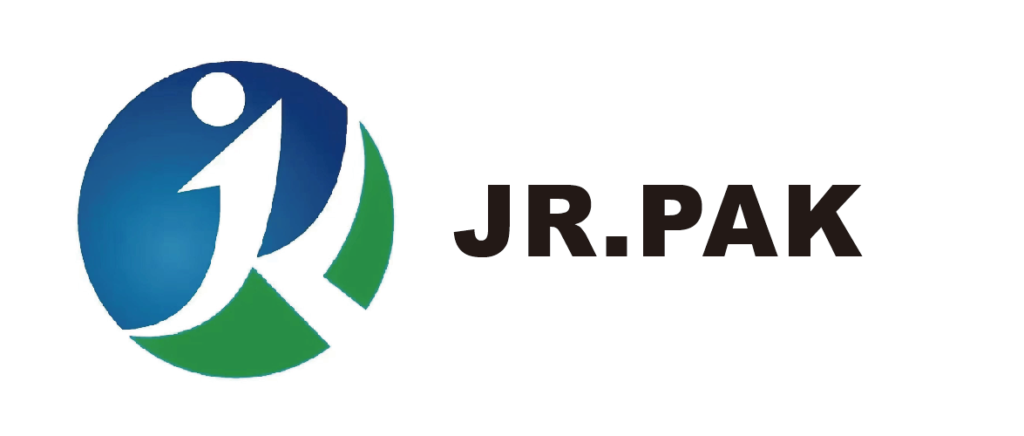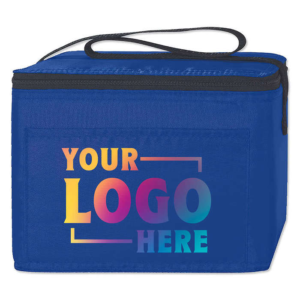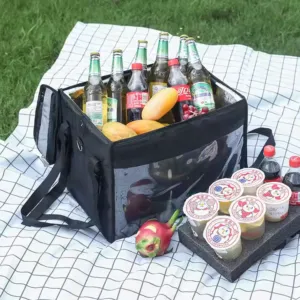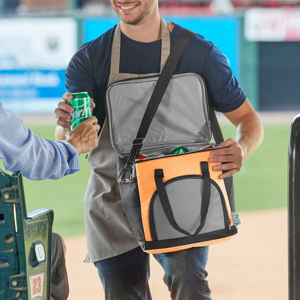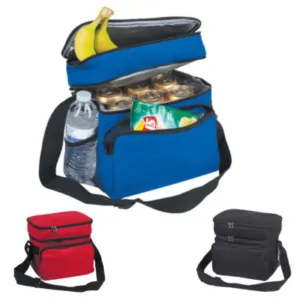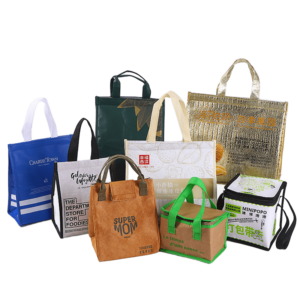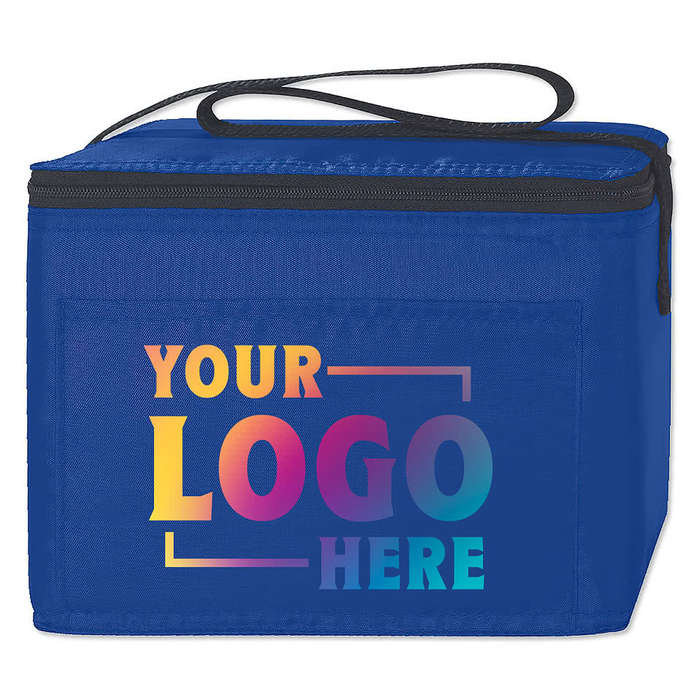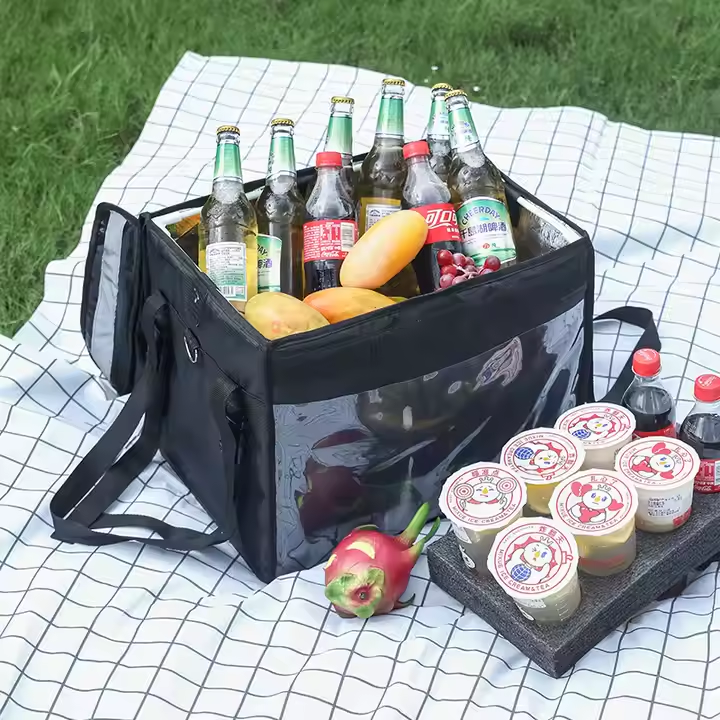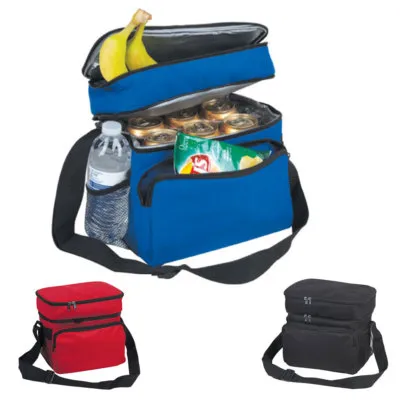The FMCG industry is turning to non-woven bags for packaging and promotional solutions due to their durability, cost-effectiveness, and eco-friendliness. This article explores five practical use cases where non-woven bags enhance functionality and brand value in this fast-paced sector.
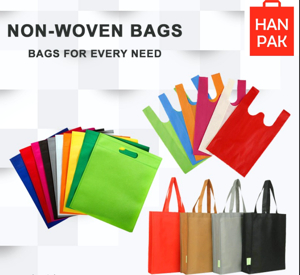
Non-woven bags serve key roles in the FMCG sector, from retail to industrial logistics, offering reusable, lightweight, and sustainable alternatives to traditional packaging.
Learn how FMCG companies integrate non-woven bags into everyday operations and marketing strategies.
Retail Shopping Bags
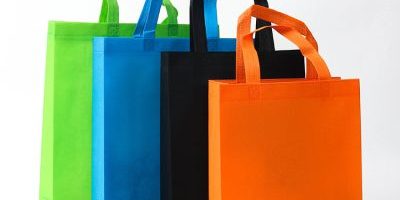
Dive-Deeper paragraph:
Non-woven bags have become a staple in supermarkets and retail stores. Their reusable and sturdy structure offers an effective replacement for single-use plastic bags. FMCG companies and retailers use these bags not just to package products, but also as branding tools. With customizable prints, they carry brand messages and logos, creating continuous exposure during everyday use. Shoppers favor these bags for their comfort, lightness, and eco-friendly image.
Key Benefits
- High reusability: Supports daily shopping needs.
- Brand promotion: Large surface area for logo and design.
- Compliance: Meets government sustainability mandates.
Usage in Retail
| Feature | Advantage |
|---|---|
| Reinforced handles | Carry heavy grocery loads easily |
| Water resistance | Protects items in all conditions |
| Custom prints | Enhances brand recall |
Food Packaging and Grocery Bags
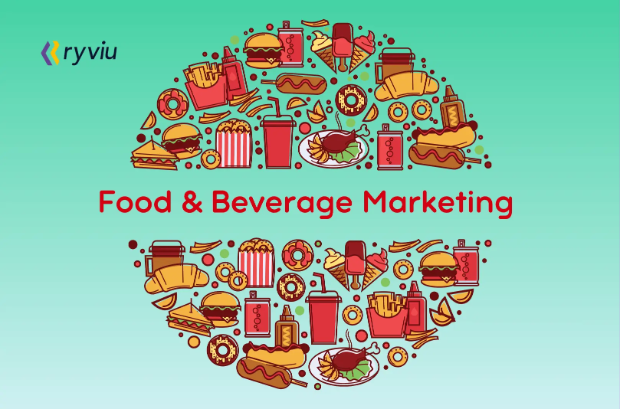
Dive-Deeper paragraph:
Fresh produce, bread, and frozen goods often need packaging that balances breathability with moisture control. Non-woven bags meet this demand in the FMCG sector. Their structure helps keep vegetables fresh and bakery items intact while being resistant to water and dust. These bags are reusable, washable, and light, reducing total packaging costs and environmental burden over time.
Key Benefits
- Freshness retention: Breathable for fruits and vegetables.
- Multi-use practicality: Designed for multiple shopping cycles.
- Low maintenance: Easy to clean and dry for reuse.
Food Packaging Applications
| Product Type | Nonwoven Role |
|---|---|
| Fresh fruits | Breathable produce bags |
| Bakery products | Moisture-proof packaging |
| Frozen items | Insulated nonwoven liners |
Promotional and Gift Bags
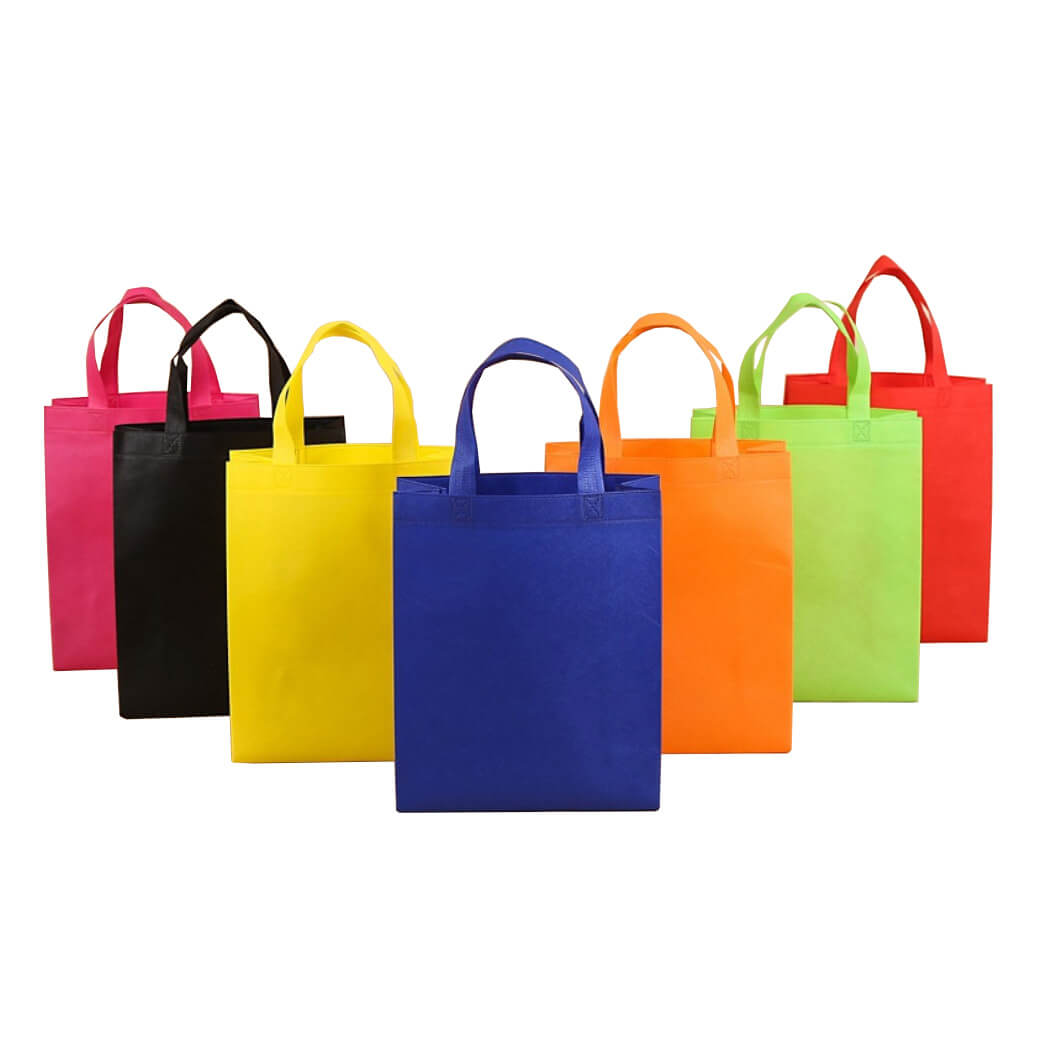
Dive-Deeper paragraph:
FMCG brands use non-woven bags for promotions during product launches, trade shows, and in-store campaigns. These bags are more than giveaways—they’re mobile advertisements. When stylishly designed and distributed at events or bundled with product purchases, they improve customer perception and brand visibility. Consumers often retain and reuse them, extending the life of the campaign.
Key Benefits
- Eco appeal: Attracts environmentally aware consumers.
- Marketing leverage: Delivers brand exposure beyond the event.
- Functional value: Increases customer satisfaction and loyalty.
Campaign Strategies
| Event Type | Usage Tactic |
|---|---|
| Product launch | Bag with product samples |
| Trade exhibition | Freebie with QR code to website |
| Store promotion | Bonus with minimum purchase |
Packaging for Cosmetics and Personal Care Products
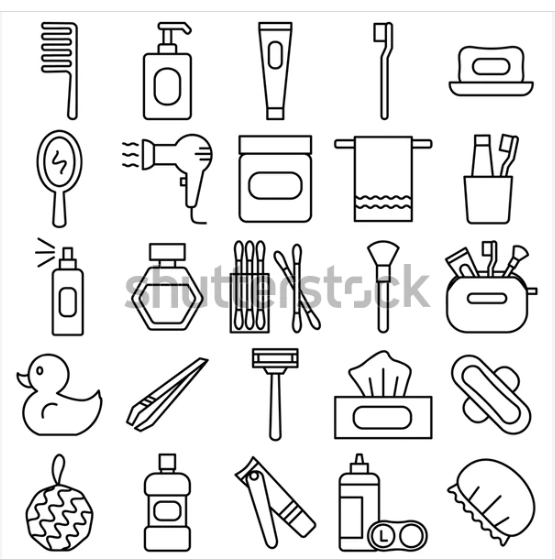
Dive-Deeper paragraph:
The personal care segment of FMCG often targets consumers who value both aesthetics and sustainability. Non-woven bags are used to package sets of cosmetics or skincare items in gift-ready formats. These bags elevate product presentation, especially in limited-edition launches or seasonal campaigns. Their fabric-like feel gives a premium touch, while their reusability aligns with eco-conscious branding.
Key Benefits
- Attractive packaging: Adds perceived value to products.
- Reusable & sustainable: Aligns with green initiatives.
- Event-ready: Ideal for promotional kits and beauty expos.
Industry Usage
| Product Category | Bag Style Used |
|---|---|
| Skincare bundles | Drawstring nonwoven pouch |
| Fragrance gifts | Die-cut handle gift bags |
| Hair care kits | Zippered nonwoven tote |
Industrial and Bulk Packaging

Dive-Deeper paragraph:
In FMCG logistics, especially in food and household goods, non-woven bags and wraps are used for bulk handling and protection. Pallet covers, divider liners, and heavy-duty bags made of spunbond or laminated nonwoven fabrics protect goods during transport. They shield products from dust, moisture, and mechanical damage while being lightweight and cost-efficient.
Key Benefits
- Product protection: Prevents spoilage and damage.
- Cost savings: Reusable options lower packaging expenses.
- Logistical efficiency: Lightweight, easy to handle and store.
Bulk Logistics Usage
| Application Type | Nonwoven Product Used |
|---|---|
| Pallet wrapping | Laminated nonwoven covers |
| Component bundling | Reinforced nonwoven sacks |
| Warehouse protection | Anti-dust storage liners |
Conclusion
From retail bags to bulk storage solutions, non-woven bags are shaping the packaging future of FMCG. Their versatility and eco benefits support branding, efficiency, and compliance across product categories. JiaRong Packing supplies custom non-woven solutions to help FMCG brands achieve both marketing goals and sustainability benchmarks.
Which non-woven application fits your FMCG brand best? Share your ideas and experiences below!
